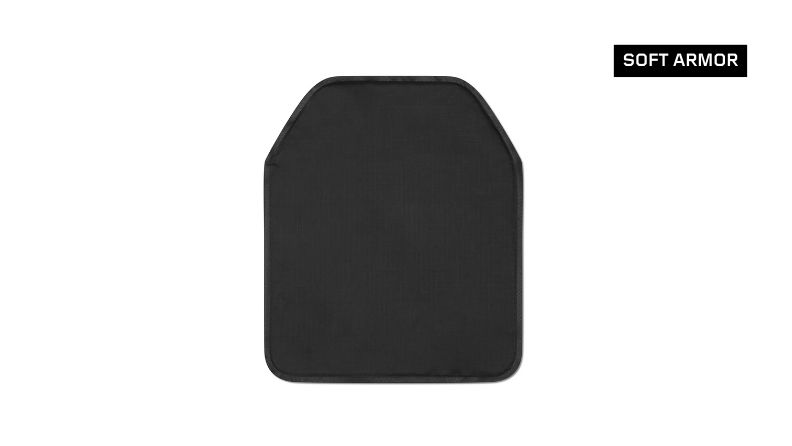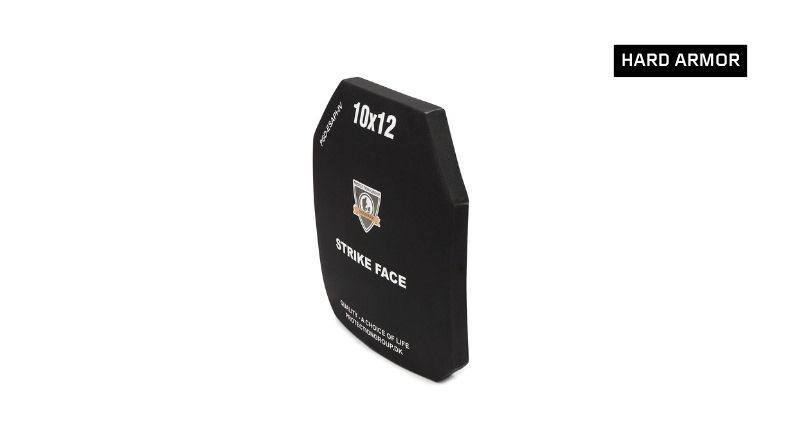
Home Office Body Armor Standard 2017 (knife and spike)


“I’ve been wearing my body armor day in and day out. But after all this time in the field – dragging through dirt, sweating into it, and taking some hard hits – it starts to show wear. I know this gear isn’t invincible, so I’ve got to ask: If my armor gets damaged, can I fix it myself, or is it done for?”
This IS a crucial question for anyone using ballistic protection, whether in law enforcement, military service, or civilian defense. Understanding the potential risks and limitations of repairing body armor is essential to making informed decisions about your safety. A damaged vest or plate may not provide the same level of protection, and in a life-threatening situation, you need to be sure that your gear will perform as intended.
So let’s have a look at it.
Before you consider repairs, you need to understand how your body armor is built. There are two main types:

Soft body armor: This kind of body armor is typically made from woven aramid fibers (such as Kevlar® or Twaron®) or ultra-high-molecular-weight polyethylene (UHMWPE). Soft armor absorbs and disperses the energy of bullets and other threats. |

Hard body armor: This kind of body armor is often composed of ceramic materials. Hard armor plates stop higher-caliber rounds and fit into plate carriers. |
Both types of body armor have specific structural integrity requirements, and any damage can significantly reduce their effectiveness.
Soft armor is highly vulnerable to degradation from physical damage, moisture, and environmental exposure. If your soft armor panel gets punctured, torn, or otherwise compromised, you should NOT attempt repairs on your own. And here’s why:
If your soft armor is damaged, forget the DIY fixes – here’s what you should do instead:
It is correct that hard armor plates, made of ceramic materials, are more durable than soft armor but they can still sustain damage.
Ceramic plates stop bullets by breaking upon impact, dispersing the energy before the bullet can penetrate. However, once a ceramic plate sustains a hit, it is compromised.
Small cracks: Even small cracks or chips in your ceramic armor can significantly weaken its ballistic protection. These small imperfections may not be visible, but they can cause the plate to fail under impact.
Impact damage: If your ceramic plate has been hit by a round, you should replace it immediately because its protective capability is compromised. A single impact can render the plate ineffective in future encounters.
DIY repairs are NOT recommended: We heard about people trying to use epoxy or resin to fill cracks, but this does not restore the plate’s original integrity and should not be relied upon for ballistic protection.
We understand this might not be the answer you were hoping for, but honesty is key when it comes to protection. Unfortunately, even the smallest damage to your body armor can compromise its effectiveness, and we strongly recommend replacing it. Your safety isn’t worth the risk.
While minor fixes, like replacing the outer carrier, might be possible, this should only be done if the ballistic panels inside are completely intact. If the ballistic material itself is damaged, you should never attempt to repair it. If there’s even the slightest doubt about its condition, the safest option is to replace it – or at the very least, seek professional advice.